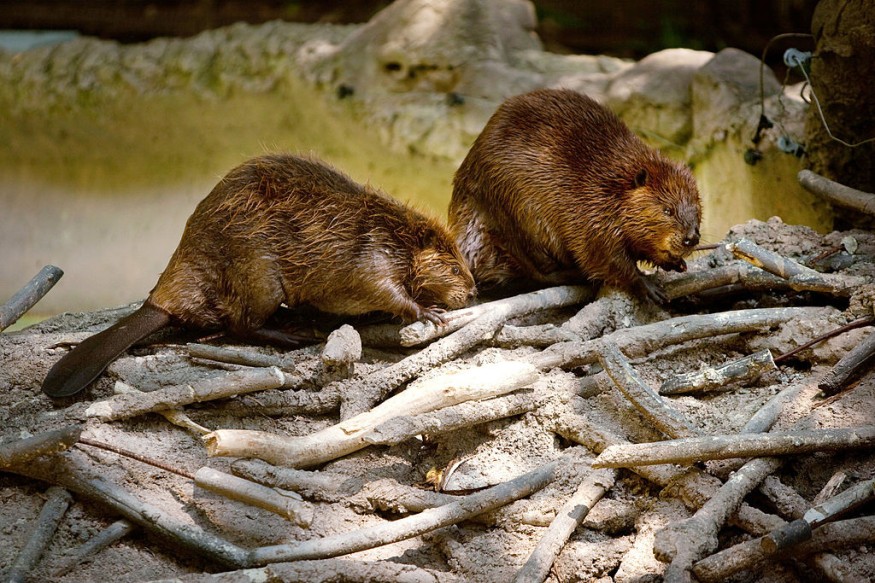
Because of its capacity to construct water systems, the beaver is a particularly special ecological system architect that can design landscapes that would never otherwise prevail.
As extreme weather events as well as droughts become increasingly common, the future mechanism of beavers in mitigating these hazards has gained increasing media exposure.
Beneficial Roles of Beavers
As per The Conversation, beaver ecosystems are said to reduce regional river as well as daytime temperatures, in addition to providing famine protection by preserving water resources. Increased water accumulation might very well help increase a landscape's resistance to bushfire.
But even so, it is critical to recognize the importance of beaver ecosystems as a response to the warming environment from the viewpoints of the both humans and animals. It is not as easy as declaring that beavers can safeguard living beings from the consequences of catastrophic seasonal changes.
An expansion in beaver bodies of water may also offer additional native animal sanctuary while permitting for the delayed flow of water upstream side throughout times of drought.
Beavers would be required to build an unreasonably huge quantity of lakes throughout the comparable watershed to obtain hydraulic conductivity enormous so to augment modern sources.
Following wildfires in the western United States, the extent of plant concentration reduction in beaver ecosystems was almost threefold lower than in regions without beavers.
Nonetheless, beaver habitats have the ability to accelerate natural restoration as well as reverse species extinction by acting as an impact on subsequent from the miseries of dehydration, extreme weather events, and bushfire. Even yet, the drainage system would be scattered among a large number of freshwater aquifers, rendering retrieval for use within a freshwater delivery service unfeasible, the Latest News Update reported.
Increased freshwater retention significantly improves an ecosystem's resistance to global warming. This softening, though, seems to decline fast with separation from the water except if the watercourses are very vast or numerous.
Surface waters may significantly lower the atmospheric temperature around them since absorption has a soothing impact. The very similar mechanism that opens up the tree line might raise subsurface groundwater rates.
Safeguarding of our Nature
Bodies of water and beaver ponds may cover larger regions and hold more water than a watercourse could without them.
This implies that the warmth of the water will be considerably depending on the riverbank, bridge, as well as lake. This may potentially reduce the movement of liquid and enhance aquatic environment in some circumstances, GeoTV News updated.
In the upcoming years, as noted by ABBO News, complex terrain considerations that may include beaver environments into large-scale environmental rehabilitation and regeneration initiatives would be required. Despite this being unrealistic, beaver habitats offer critical wildfire mitigation for local environment and species.
Beavers have lately obtained constitutional immunity in the United Kingdom; however, they face a potential of encroachment into human environments.
Nevertheless, it is unclear if this security will ever be expanded to the size required for human communities.
Beavers additionally have a tendency to expand the canopy of neighboring woods by destroying treetops throughout irrigation infrastructure. This summer has likewise seen unprecedented temperature fluctuations and a lengthy depression.
Conversely, as per Yahoo, falling can improve ecological diversity by allowing for a mix of meadows and wet woods. Beaver ponds in Devon's River Otter have watered the rest of the region and maintained greenery healthy, helping to preserve an environment on which many creatures rely. This would make relying on beaver lagoons for conditioning advantages for inhabited areas impossible.
Related article : Feral Pigs Are Wreaking Havoc in New Zealand's Capital, Killing Over 60 Goats in the Last Few Months Alone
© 2025 NatureWorldNews.com All rights reserved. Do not reproduce without permission.





